Keystone Species In Every Ecosystem
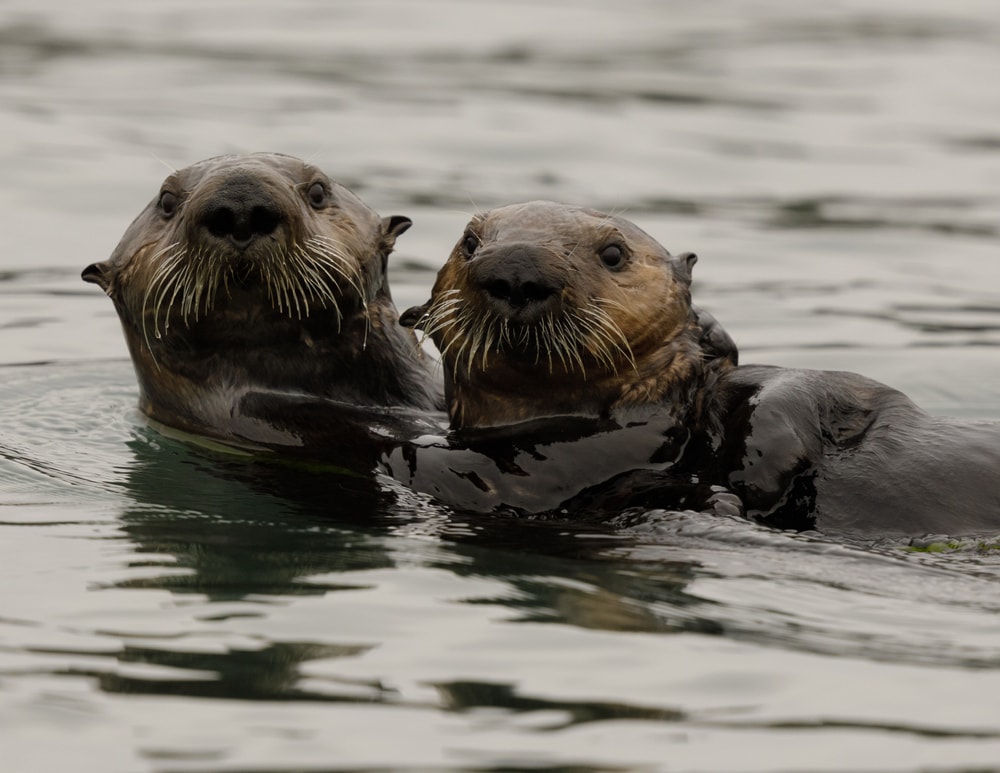
Breaking down ecosystems and food chains can be complex. Every organism has a role that it fulfills for its ecosystem and without them, the ecosystem would be different. It turns out that some species have more far-reaching and impactful roles than others. Their niche plays a major role in the health of all the species involved. Because of this, we classify them as “keystone species.”
What is a Keystone Species?
Ecosystem Basics
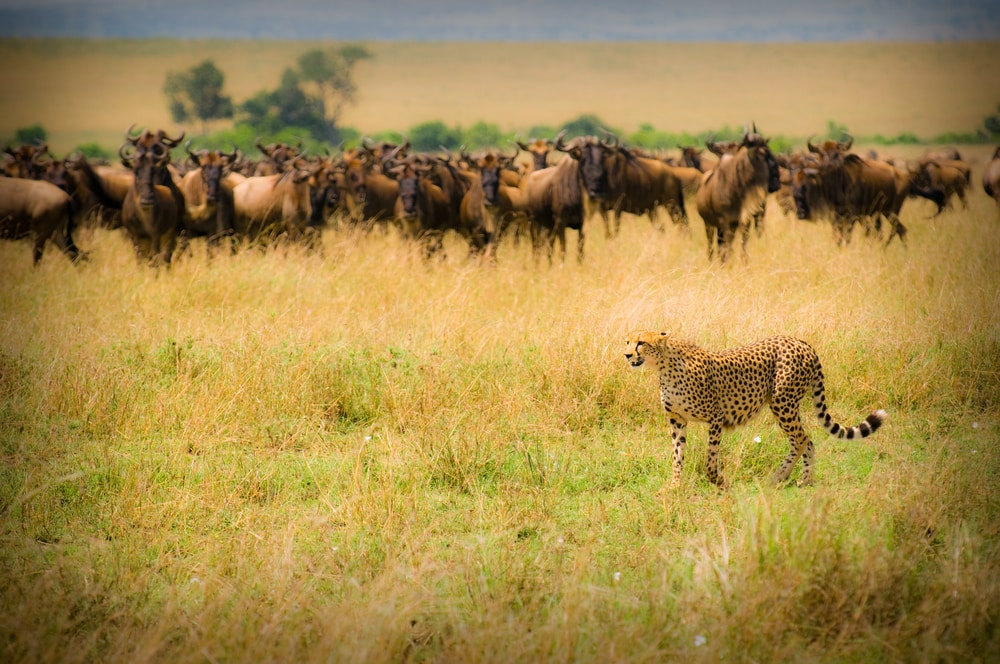
In every ecosystem, all organisms fit into a role. These roles consist of producers and consumers.
Producers are defined by their ability to produce food for themselves and other organisms. Plants and algae that photosynthesize are the most common producers. Microbes that use chemicals to produce energy through chemosynthesis are the producers in ecosystems without light.
Consumers make up just about everything else above producers in the food chain. Herbivores, carnivores, and omnivores all consume other organisms for food. Decomposers are consumers that break down dead organisms and waste, making nutrients available for producers.
All roles in an ecosystem are dependent upon one another and keep other roles in check. Ecosystems tend towards an equilibrium, where populations in each role are relatively constant. In many ecosystems, some species are simply more important to the overall stability of that ecosystem. These are referred to as keystone species.
Keystone Species Definition
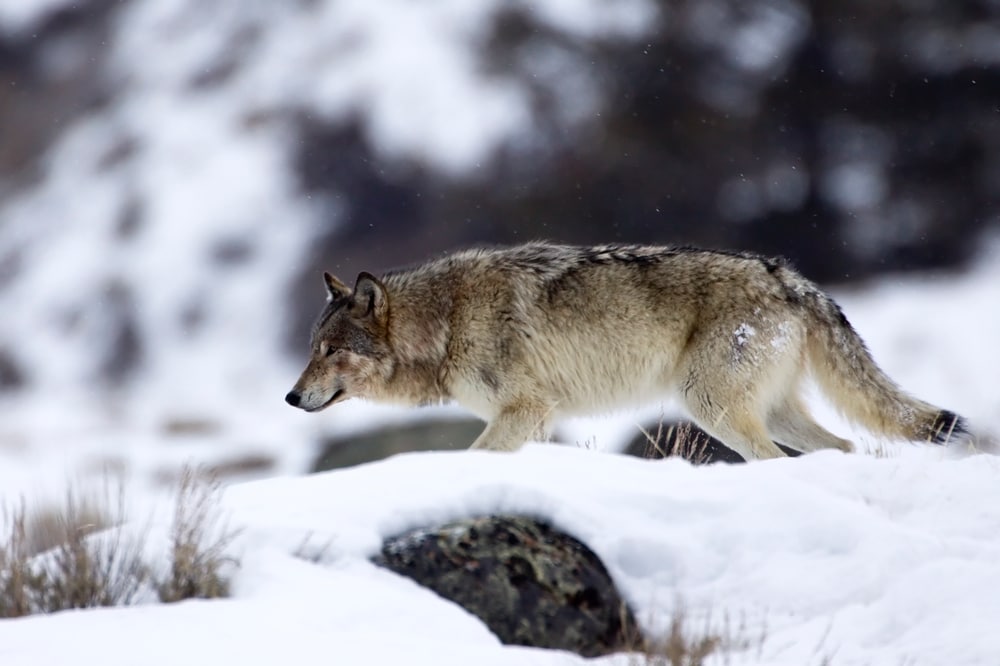
Keystone species are defined as species that have a massive impact on an ecosystem, to the extent that without their presence, the ecosystem would be dramatically different. Usually, this means that they play a specific role that can’t be filled by another species.
Any organism can be a keystone species, regardless of size or population. Predators are most commonly keystone species since a small population of predators can significantly influence multiple prey species. Keystone species can also be herbivores and even plants though, depending on the ecosystem and their impact.
Whether or not a species is a keystone species can be debated, since it isn’t a formal designation but rather an idea. Defining a species as a keystone species is a way to help people understand the importance of that species in an ecosystem when it comes to the survival of other species.
Typically, keystone species are put into three categories: predator, ecosystem engineer, and mutualist. Predators keep prey species in check, engineers create or change their habitat, and mutualists share a mutually beneficial relationship that can impact the overall ecosystem.
A vague example of a keystone species would be a predator that keeps an herbivore population in check, where if that predator were not present, dominant plant species would be wiped out.
What Happens Without Keystone Species
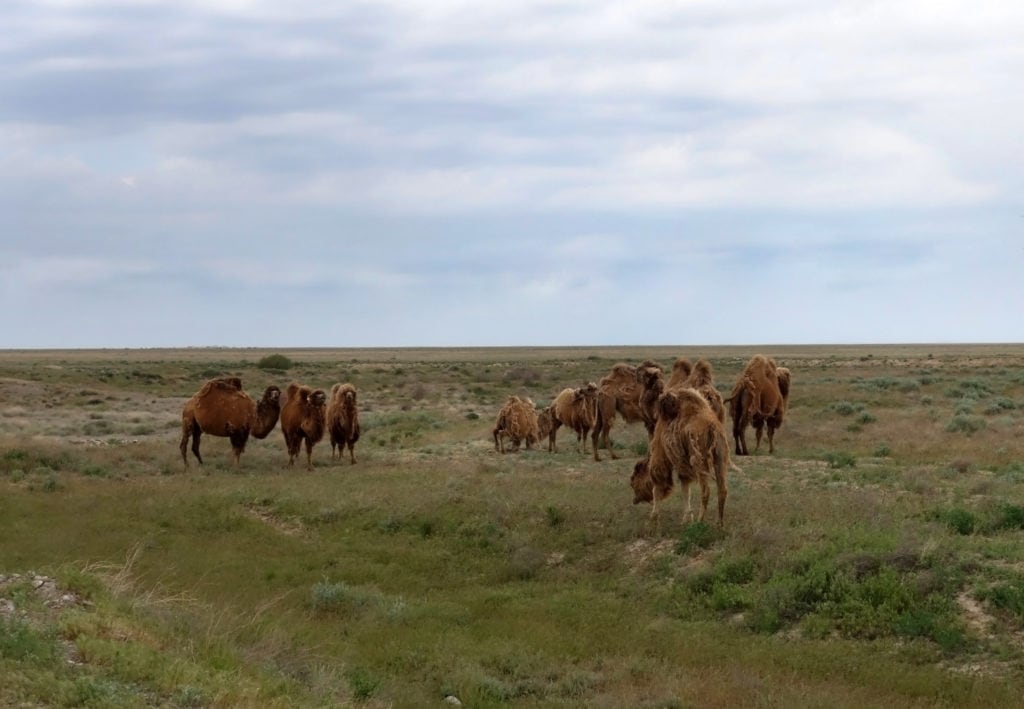
Removal of a keystone species can result in a massive shift in population numbers and the overall stability of an ecosystem, in some cases to the extent that the landscape itself can change.
Lions and hyenas are the two main predators that keep zebra, wildebeest, and antelope populations in check on the African savannah. If these predators no longer provided that function, grasses would become overgrazed. Grasses becoming overgrazed means less available food, more erosion, and eventual ecosystem collapse.
Those predators are keystone species for their environment because of the role they play in population management.
When we talk about ecosystem collapse, this can mean a variety of things. In some cases, the region can become inhabitable by the species that called it home. In others, some species may go locally extinct because the chain reaction causes them to be out-competed or have no available food.
Nature always works toward equilibrium. While ecosystems are generally stable, when a massive influence enters or exits, a new equilibrium will be found over time.
Keystone Species vs. Apex Predator
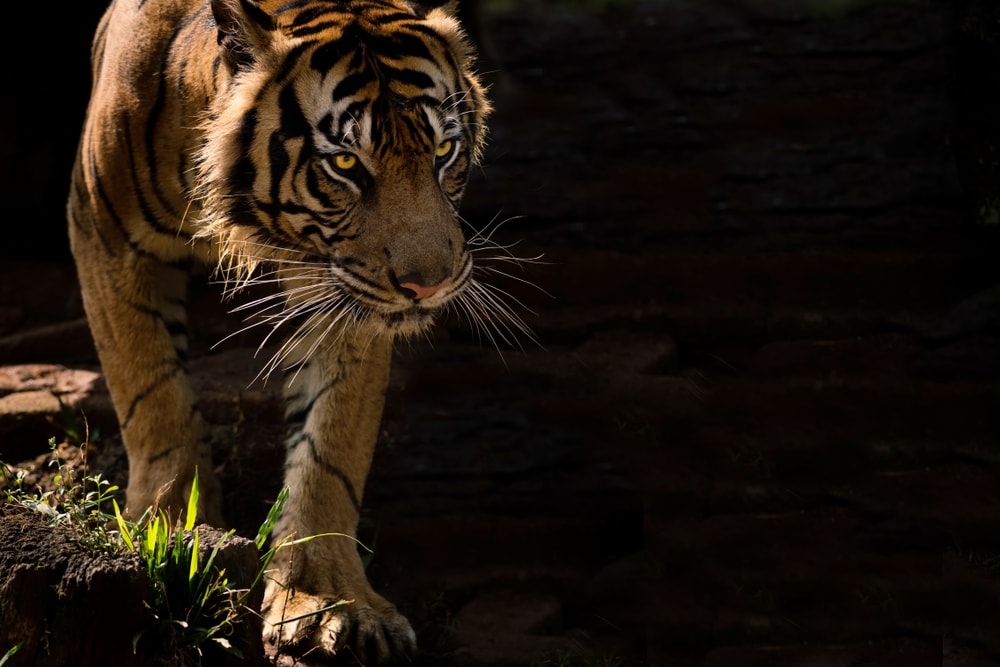
If most keystone species are predators and large predators influence prey populations, then what’s the difference between a keystone species and an apex predator? Apex predators can be keystone species, but keystone species do not have to be apex predators.
An apex predator generally sits at the top of a food chain, usually with zero natural predators. Many apex predators are keystone species, in that they keep populations of prey in check. If two species compete with one another for resources and apex predators prey on both species, the apex predator helps create an equilibrium between the two.
Keystone species are not defined by being predators. They can be found farther down the food chain, instead, they’re defined by their overall impact on an ecosystem. Plants, like mangrove trees, are keystone species because of their impact on both the physical terrain and because they create habitats.
For example, starfish are not identified as apex predators. Despite this, their impact on ecosystems by preying on mussels and barnacles keeps those species from crowding out other species and destroying the viability of other species in that ecosystem. We’ll go over that example in further detail in the next section.
You may also like: Learn the Different Types of Habitats Across the Globe: Complete with Images, Facts, and More!
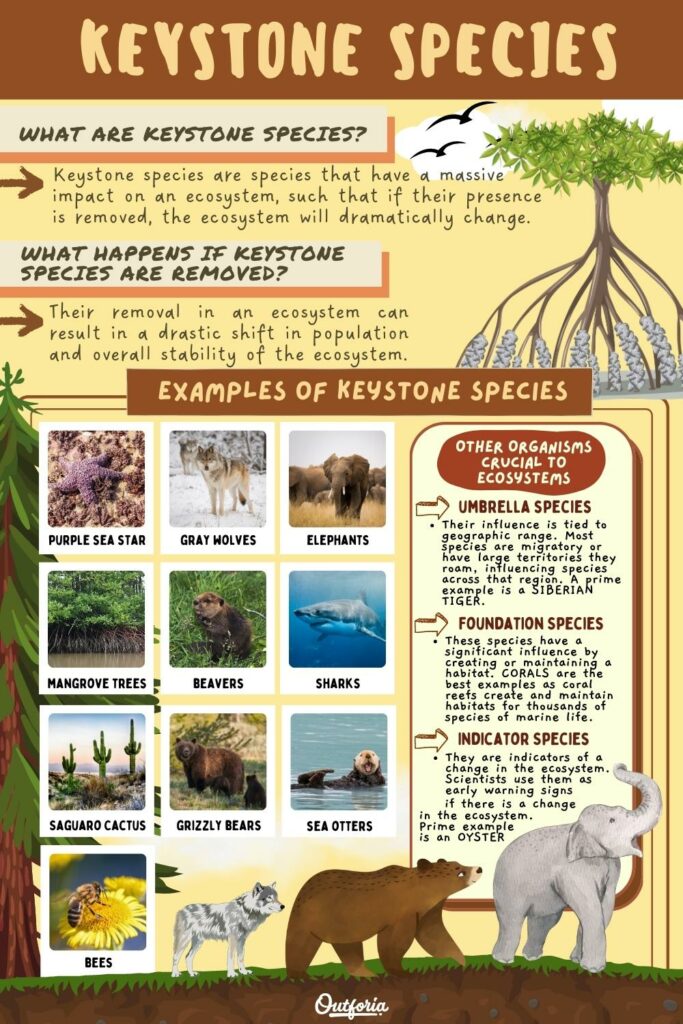
SHARE THIS IMAGE ON YOUR SITE
<a href="https://outforia.com/keystone-species-example/"><img style="width:100%;" src="https://outforia.com/wp-content/uploads/2023/01/keystone-species-examples-infographic-1-683x1024.jpg"></a><br>keystone species example <a href="https://outforia.com">Outforia</a>10 Keystone Species Examples
Here, we’ll give more detailed examples of keystone species and their functions in habitats so you can better understand what a keystone species is.
1. Purple Sea Stars
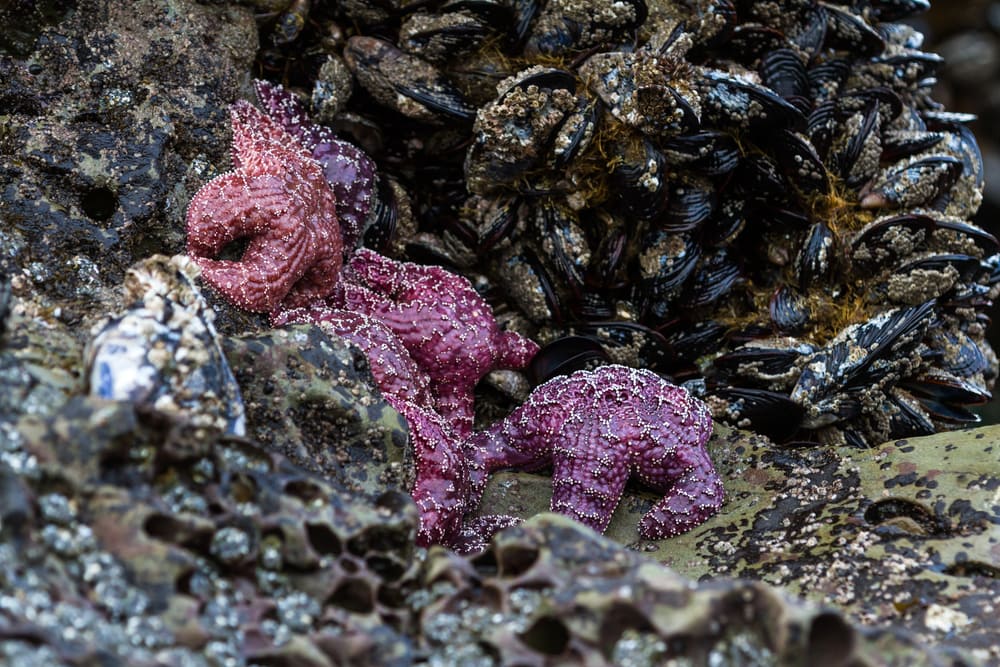
These starfish were the species that began the idea and defined keystone species to science. Research by Robert T. Pain found that removing one species of starfish from Tatoosh Island would drastically change the tidal plain’s ecosystem.
The sea stars functioned as the main predator for mussels and barnacles in that ecosystem. Without the sea stars to keep them in check, mussels took over the area, crowding out competing species and killing off benthic algae. This in turn resulted in the collapse of snail, limpet, and bivalve communities that relied on the algae.
Within one year, the biodiversity of the tidal plain was cut in half. All because one species was removed.
2. Gray Wolves
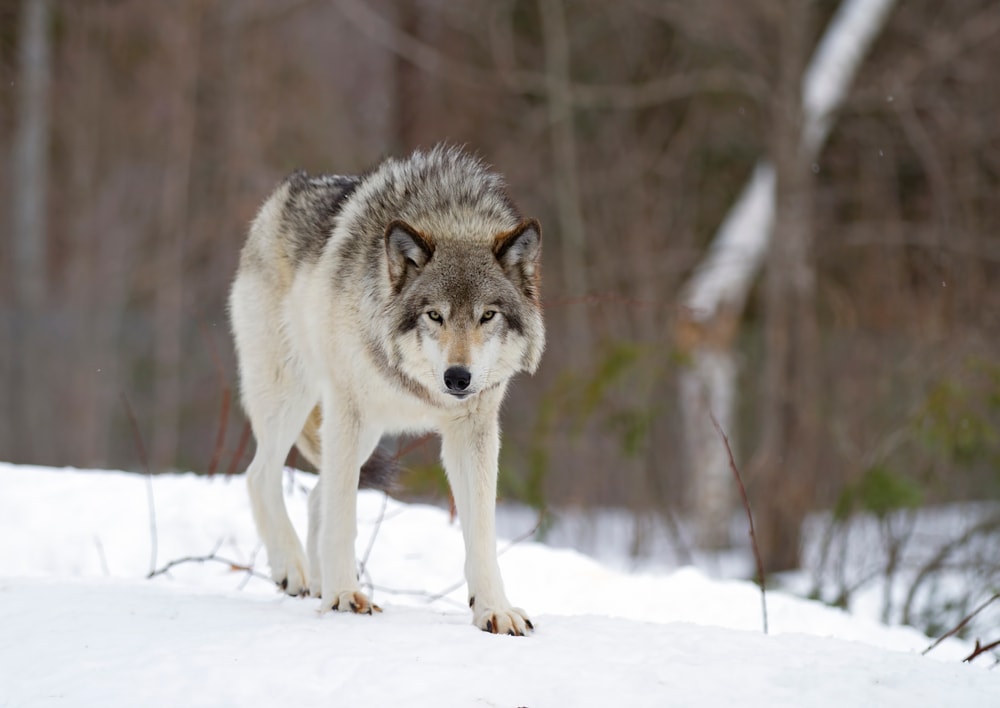
Another massive example of a keystone species is the gray wolves that inhabited the Greater Yellowstone Area of Montana, Idaho, and Wyoming. When the land was designated for the Yellowstone National Park, officials feared the impact of wolf populations on elk and bison herds, as well as livestock. By 1924, gray wolves were completely eliminated from the region.
The problem with this decision was that the gray wolves were a major influence on the rabbit, elk, and bison populations. These animals’ behavior when it came to feeding habits and where they nested were influenced as much as their population size. Even scavengers like vultures were influenced by the wolves.
The removal of the wolves had a ripple effect throughout the entire ecosystem.
Without wolves, elk populations skyrocketed. Herds competed for food, which resulted in grasses, reeds, and sedges becoming overgrazed and unable to grow quickly enough. This in turn removed food for other animals that depended on plants like beavers, fish, and birds.
The terrain itself even changed, since plants along river beds and in wetland areas could no longer hold soil in place. As these banks eroded and even shrubs got nibbled down, lake and river temperatures rose because they were no longer shaded.
Starting in the 1990s, US officials began reintroducing gray wolves to the region. Elk populations have gone down, allowing for the recovery of other species. So far, the reintroduction process has yielded great results.
3. Elephants
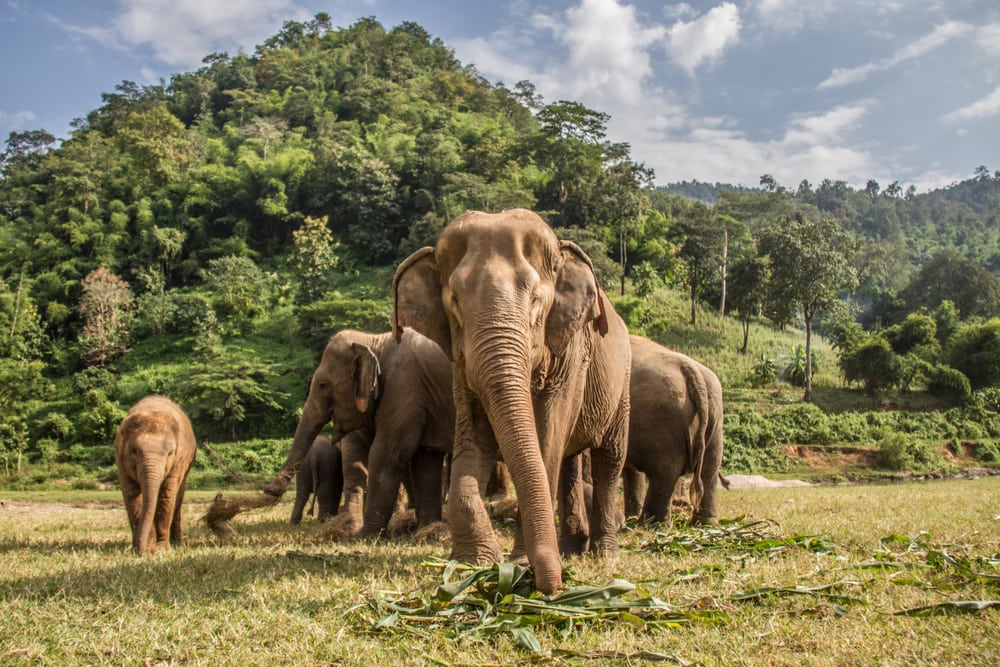
On the African grasslands, elephants play a key role in maintaining both the topography and sustainability of other species. They’ll feed on shrubs and trees that pop up, and are even able to knock down trees that have grown to substantial heights, uprooting and killing them.
This activity by elephants is one of the primary reasons why the grasslands aren’t forests. The grasses are able to thrive, which allows zebra, antelope, and other grazing species to sustain themselves. Without those species, lions and hyenas wouldn’t have prey either, so they’re also reliant upon elephants to keep the ecosystem in equilibrium.
4. Bees
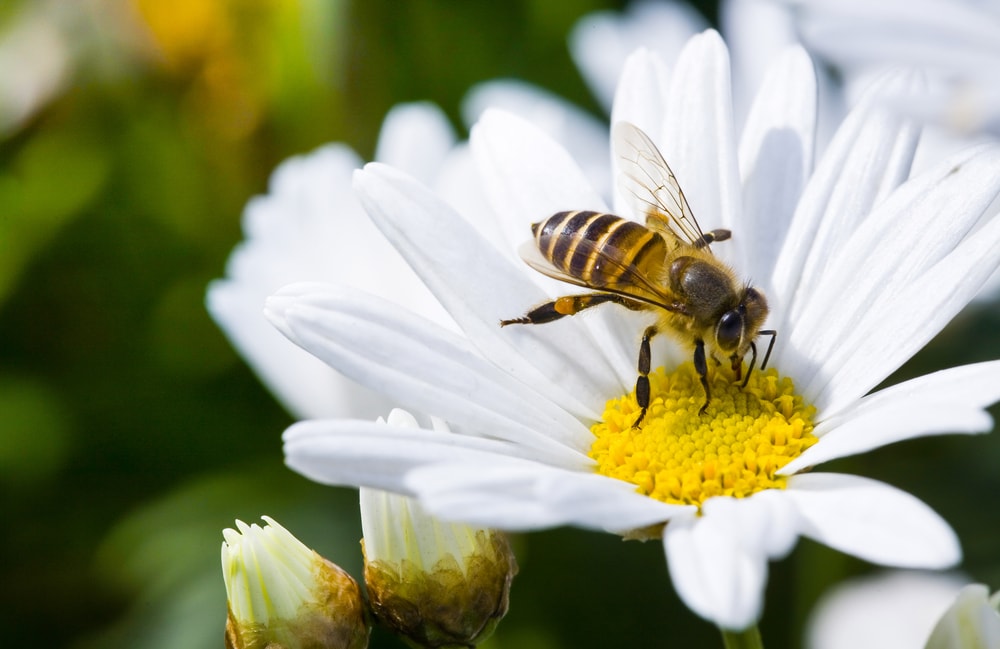
You’ve probably heard people say “without bees, there won’t be any people, but without people there would be way more bees.” What this quote is getting at is what big roles bees and other pollinators play in ecosystems. Bees and flowering plants are considered a mutual relationship because the bees are responsible for much of the fertilization that occurs between flowering plants. The bees in turn depend on the pollen as their main source of food.
Whether the plants they pollinate are crops that we eat or flowering plants like berry bushes, there are animals dependent on those plants for food. If bees and pollinators suddenly weren’t around, many other species would fail as a result. You can find more on the impact of bees on our world here.
5. Mangrove Trees
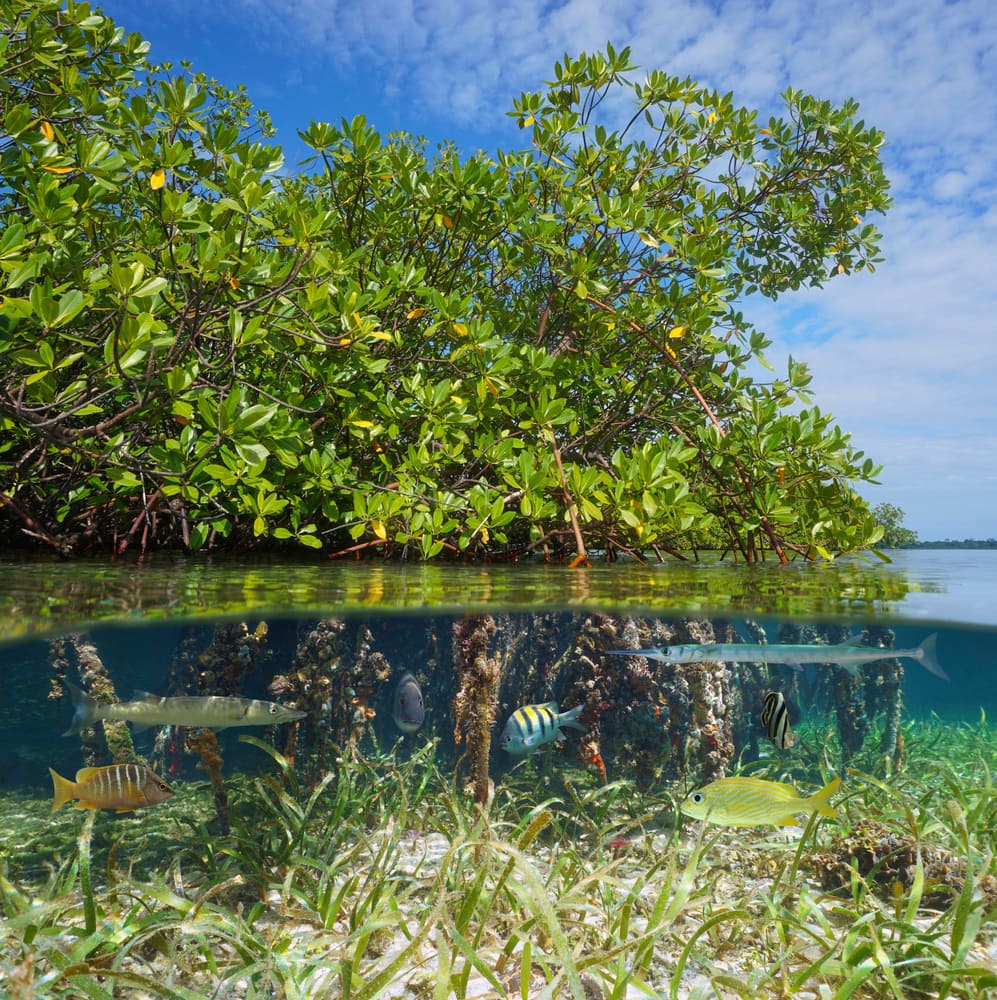
Mangroves are incredibly important for quite a few reasons. They anchor coastlines in place and help reduce erosion. Their roots also provide a nursery and safe haven for many small fish to hide in. For us, they provide a much-needed shock absorber and barrier against storm surges and waves pounding into the shore.
6. Beavers
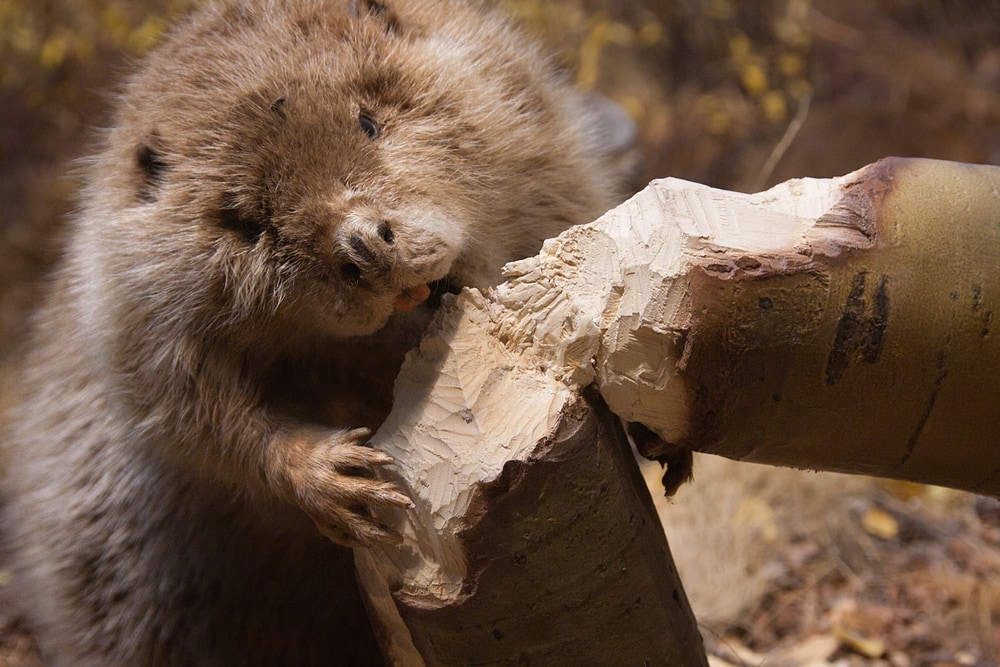
Beavers are one of the best examples of a habitat engineer. They primarily take down and remove dead trees from riverbanks, allowing younger and healthier trees room to grow. They then use those trees to build dams that divert water and create flooded wetland areas that many plants and animals are dependent upon for their habitats.
7. Sharks

No matter the shark species, sharks play crucial roles in every marine ecosystem. Even in small numbers, sharks not only keep prey species in check but also help them flourish. Weak, old, and sick individuals are the easiest picking for sharks, and sharks removing these individuals from populations helps keep fish species healthy.
In addition, it’s been observed that even their presence can help prevent the destruction of grass beds. They keep other animals from overgrazing the beds and wiping them out. As grass beds are vital to fish spawning and serve as a nursery for many species, the shark’s existence allows further generations of fish to grow up. In turn, they feed the shark.
8. Sea Otters
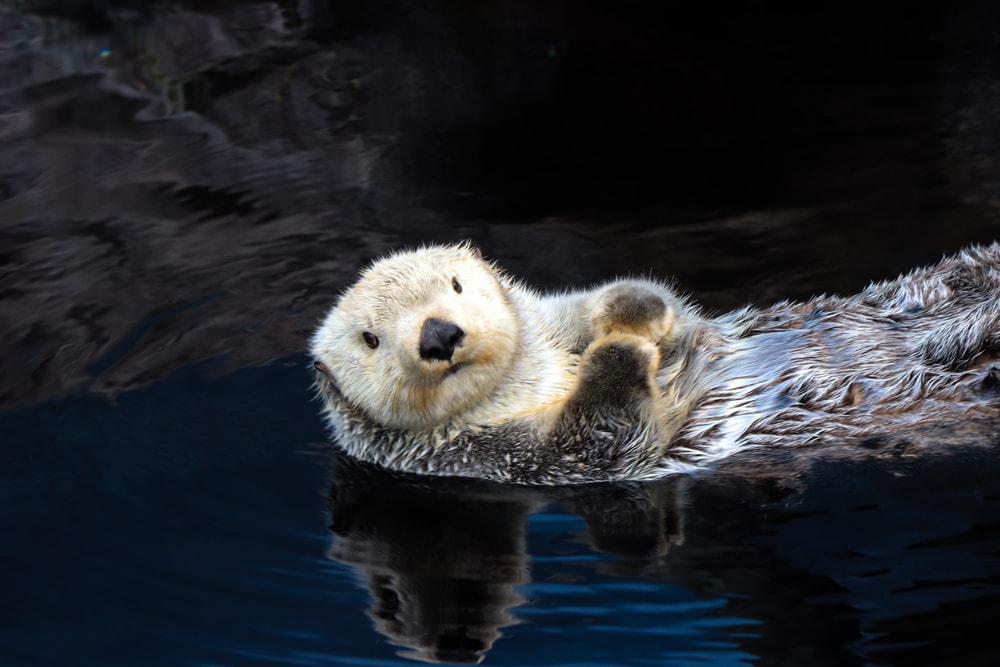
In the Pacific Northwest, many species rely on kelp beds for their survival. Kelp is the main food source for snails, crabs, other invertebrates, and a few fish. It also provides a habitat and hunting ground for a vast number of species.
Sea urchins are another animal that eats kelp. The problem is that there aren’t many predators for sea urchins in that ecosystem, and explosive numbers of sea urchins have been observed to wipe out kelp forests. Without the kelp, the entire ecosystem collapses.
Sea otters are a keystone species in this ecosystem because their feeding on sea urchins is what keeps sea urchins in check. Without sea otters, urchins would wipe out kelp beds and cause the ecosystem to collapse.
9. Saguaro Cactus
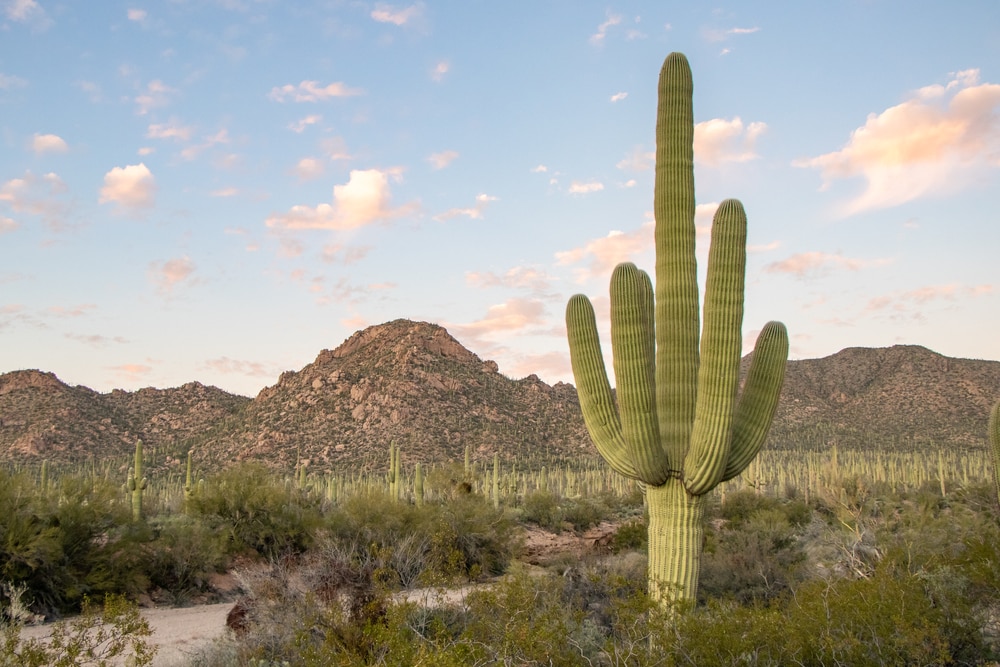
It might be hard to picture cactus as a keystone species, but several species rely on saguaros. They serve as nesting sites and homes for a variety of hawks, woodpeckers, and other birds. It also produces fruit that, in dry seasons, is the only available food for some species. Without these cacti, some species wouldn’t be able to survive, resulting in ripples in the ecosystem.
10. Grizzly Bears

These top predators not only keep elk and moose populations in check but also spread seeds throughout the ecosystem. As omnivores, bears not only eat meat but also plants and berries. When they defecate, these seeds are dropped far away from their parent plant with fertilizer to help them get started.
Bears have a habit of dragging their prey away from kill sites and stashing it for later. While they do eat a lot of it, they don’t eat all of it. Leftover remains from salmon, elk, deer, moose, or any other animals the bear kills provide fertilizer and nutrients for the plants at the stash site. Scavenger animals like foxes, vultures, and wolves will also take part in the bear’s leftovers.
You may also like: The 8 Amazing Types of Bears: With Images, Facts , and More!
Other Organisms Crucial to Ecosystems
For many of these, an argument can be made that they are keystone species. They occupy crucial roles in ecosystems but also fit in other categories.
Umbrella Species

An umbrella species has large habitat needs and usually spans large geographic regions. They’re classified differently because their influence is tied to that geographic range. Many species are migratory or have large territories they roam, influencing species across that region.
Siberian tigers are a prime example of an umbrella species. Their habitats include far-east Russia, China, and North Korea, from temperate forests to subarctic biomes. The deer, boar, and moose populations in those areas are all influenced by the tiger’s movements throughout the region.
Foundation Species
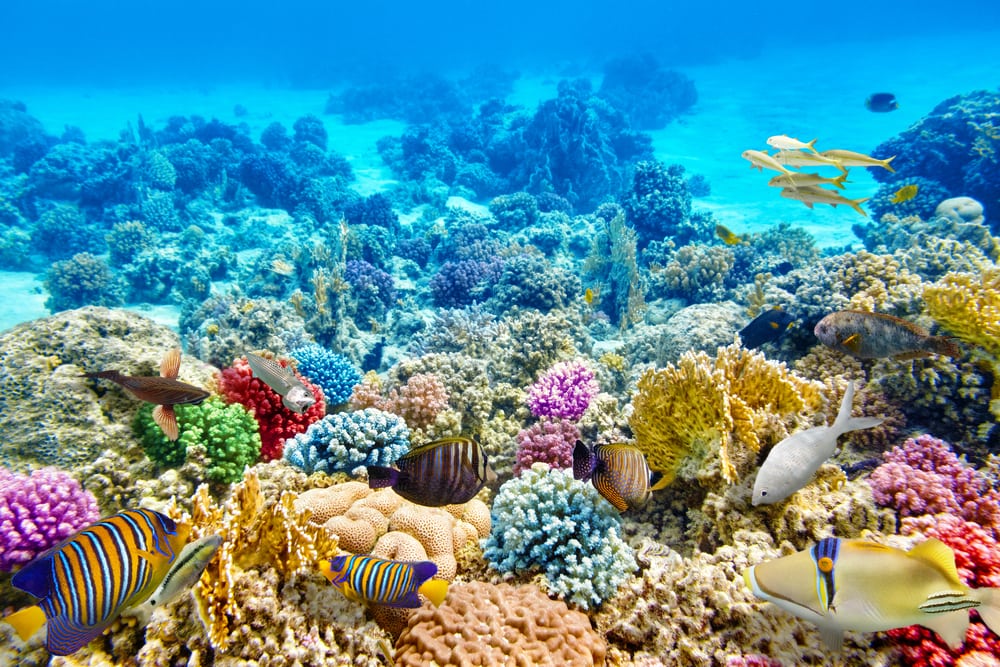
A foundation species is one that has a major influence by creating or maintaining a habitat. Corals are one of the best foundation species examples. The coral polyps grow in massive colonies and their hard exoskeletons serve as the literal foundation for reefs. The most biodiverse ecosystems in the world, coral reefs create and maintain habitats for thousands of species of marine life.
Indicator Species

An indicator species reacts noticeably to even small changes in an environment. Scientists use them as early warning signs that an ecosystem is changing. As filter-feeders, oysters are a major indicator species. They react almost immediately to changes in salinity, temperature, or pollution, and the health of oyster beds is used to measure the health of ecosystems overall.
You may also like: Learn the Animals with the Strongest Bite Force: Complete with Images, Facts, Descriptions, and More!
Impact of Invasive Species
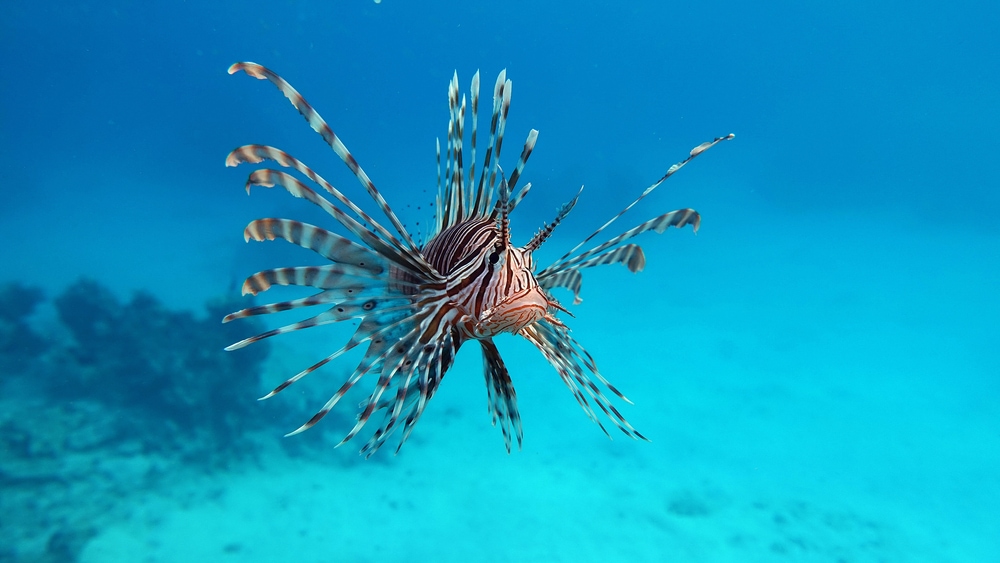
Invasive species become keystone species when they enter an environment that is suited for them. Typically, invasive species have no natural predators. To put it simply, stuff isn’t used to eating them so they aren’t seen as prey even if they could be eaten.
On top of escaping population regulation from keystone predators, invasive species add competition for resources and can add massive amounts of pressure to species that aren’t adapted for it.
Take lionfish for example. They’re typically tropical, a fish from the Pacific Ocean. Their introduction to the Gulf of Mexico had massive implications for the native fish in the region. They have also been released in South Florida, and their population skyrocketed as they expanded into the northern Gulf of Mexico.
Gulf fish weren’t predators for lionfish, as they weren’t naturally occurring here. The fish that did try to eat them in many cases choked thanks to the spines on the lionfish’s backs. That’s not to say large fish didn’t eat them, but keystone predators were not enough to stop their spread.
Compounding the problem is the gluttonous nature of lionfish. Caught specimens were examined and found to have hundreds of fry and juvenile native fish in their stomachs. A single lionfish could eat well over a hundred juvenile native fish each day.
This added pressure that wasn’t present before for native fish, resulting in downwards trending population numbers. While efforts are being made, this is an ongoing issue.
You may also like: Learn What a Biome is and the Different Types of Biomes Across the Globe: Complete with Images, Facts, Descriptions, and More!
The Human Factor
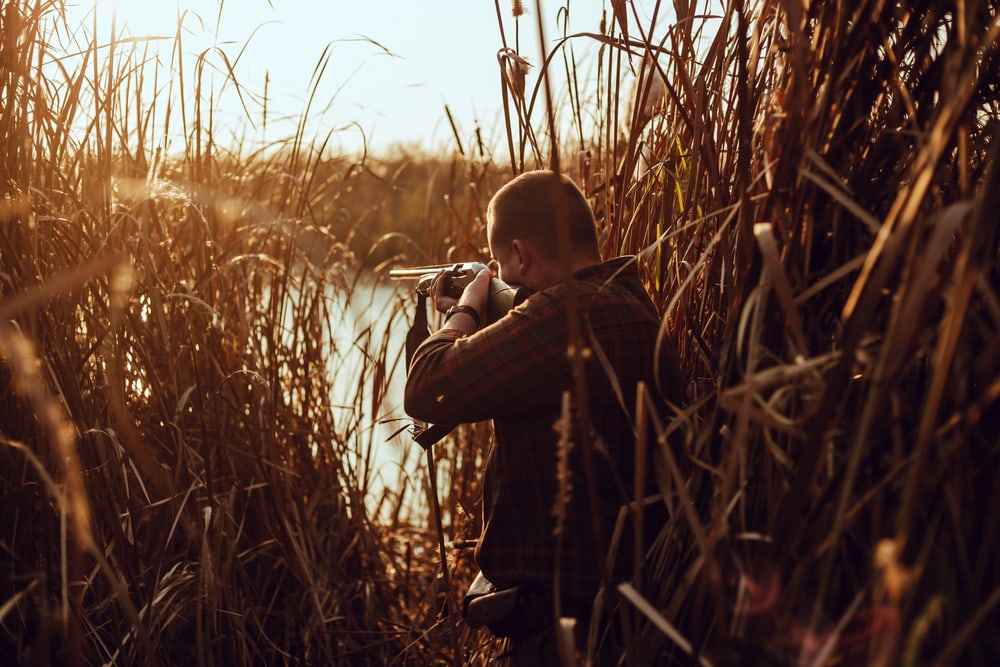
Many things can cause keystone species to be eliminated from an ecosystem or for the ecosystem to be thrown out of whack. Environmental shifts like a change in climate or geological activity can create imbalance. Unfortunately, humans are the cause in many of the cases we see today.
Species extinction because of humans is something that occurs worldwide. We hunt them for meat, furs, or oils. We threaten habitats by cutting down forests, damming off rivers, and draining wetlands. We even directly contribute to animal deaths through pollution, population fragmentation, and contributing to climate change.
Complete extinction isn’t necessary to alter the balance of ecosystems either. Overall population numbers of keystone species declining can also have major ripple effects on an ecosystem.
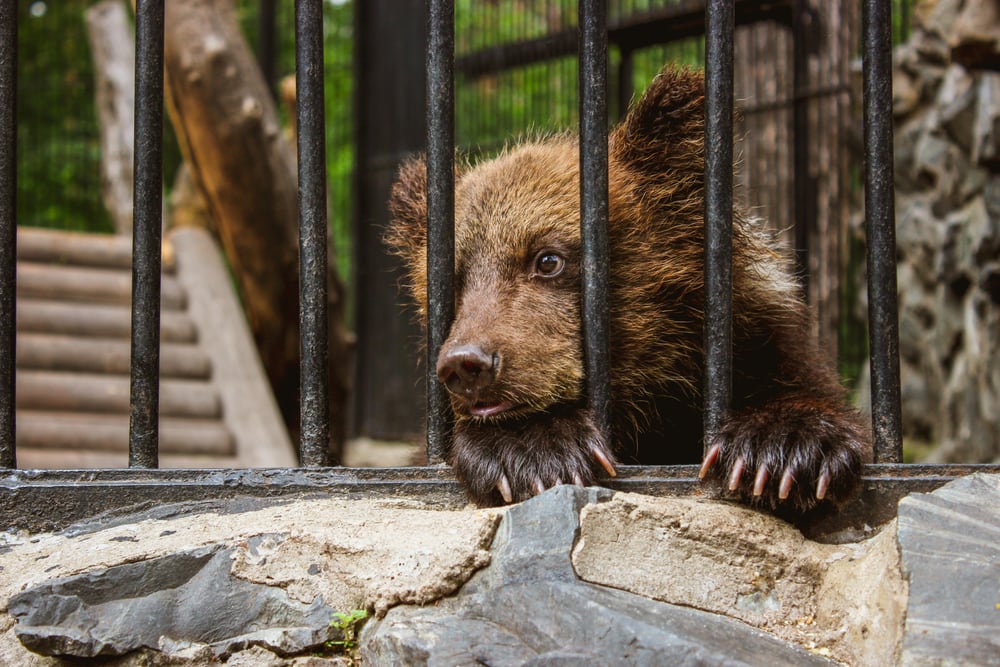
Beyond this, we move species around. Pets, zoos, and research centers are all contributing to invasive species. Having global trade allows people to get plants and animals from around the world brought to them, and our inability to control those organisms results in them invading ecosystems that aren’t adapted to them.
We alter the world around us to create our own habitats, making us much like environmental engineers. It could be said humans are keystone species for every ecosystem on earth.
It would be impossible to reverse ecosystem damage already done and limit that damage in the future. It’s not all bad news though. Efforts are being made worldwide to help conserve ecosystems and correct past failures. How this turns out is yet to be seen, but there’s room to be optimistic.
You may also like: Learn More About the Polar Bears in Alaska. The Threats to their Habitat and the Conservation Efforts To Save Them.
Keystone Species Conservation
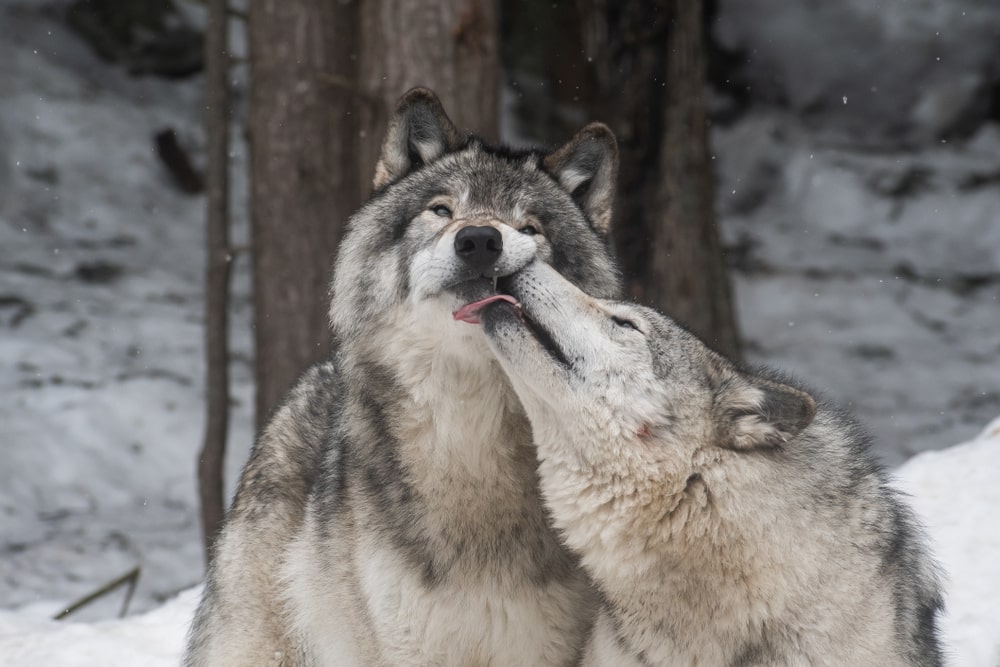
In many cases, there are conservation efforts ongoing to combat the issues that cause keystone species to be lost. Wildlife sanctuaries, worldwide legal action, and a more conscientious public are all aiding in the conservation of our world’s ecosystems.
Sometimes, species need to be reintroduced to restore the previous natural order of an environment. The reintroduction of gray wolves is one prime example. Bighorn sheep have also been reintroduced to their natural habitats in Oregon. They were hunted and suffered diseases to the point of extinction, but their reintroduction has so far been a success.
Some species are placed into captive breeding programs to help preserve them. Organizations breed and reintroduce endangered animals in the hopes of bolstering the wild population and helping keep the gene pool diverse.
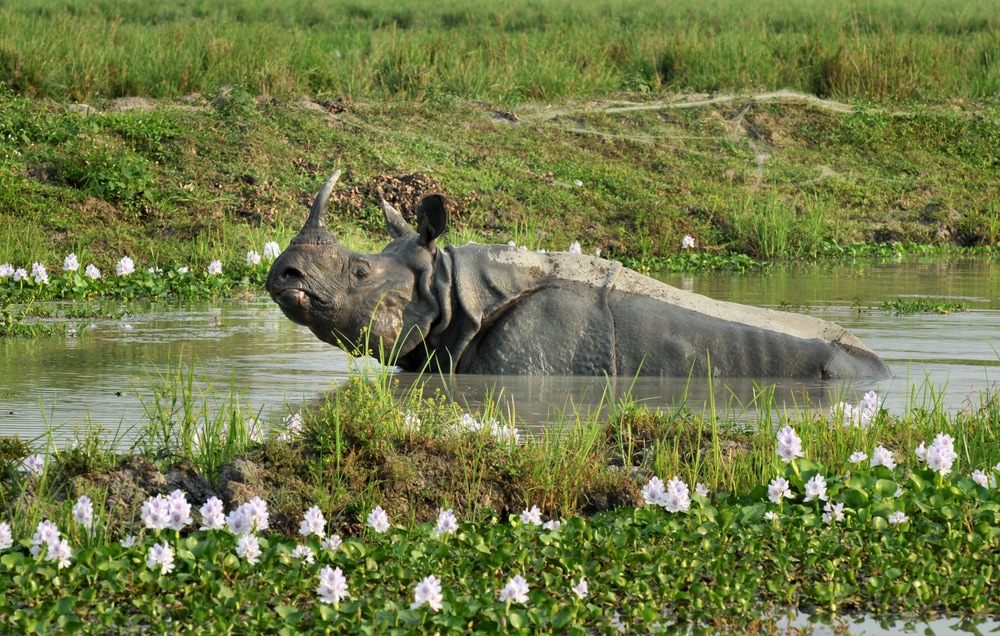
The establishment of wildlife sanctuaries, national parks, and designated zones has also given animals room to breathe. These areas are set up as no hunting, no fishing, and sometimes simply no-go zones to help protect the biodiversity of the area. Limiting human interference in these areas gives the ecosystem a break from human pressures.
Legal action and import bans are another way people can tackle conservation. Banning the import of certain animal goods helps to lower demand, and sometimes price, for those products. If it isn’t profitable to hunt or capture animals, people will generally leave them alone.
Thanks to the internet, people are more connected than ever. When there are problems in an ecosystem or animals are threatened, it’s much easier to get the word out. With environmental knowledge becoming more readily available to the public, more people are able to make better decisions and take appropriate actions.









